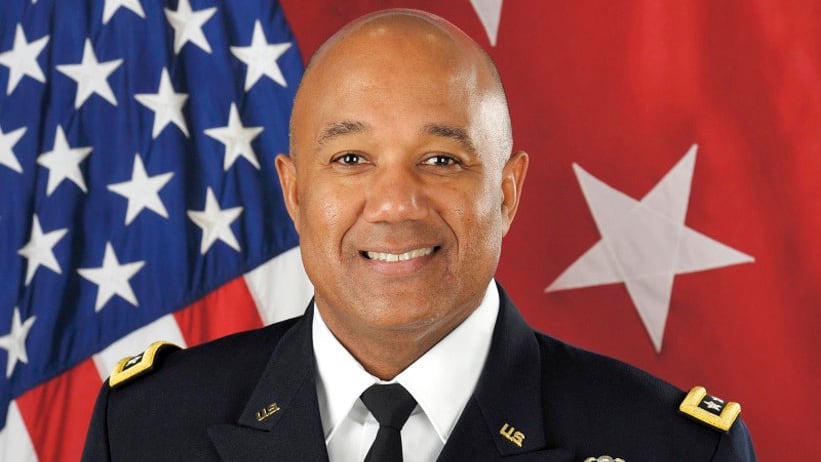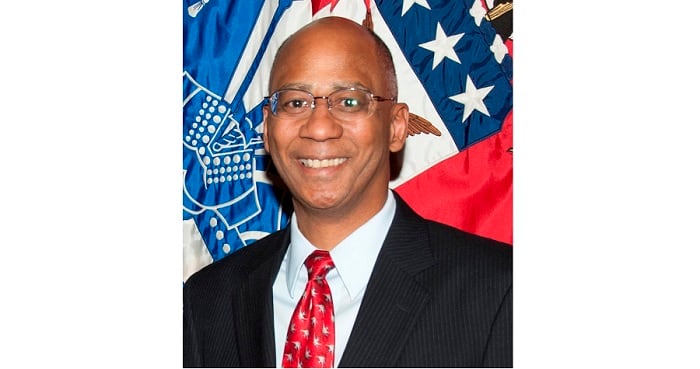This letter is a reflection on the potential impact of the July 3, 2018 joint statement by the U.S. Departments of Education and Justice rescinding seven documents that provide guidance on the “Voluntary Use of Race” for admission to educational institutions.
One of the ways we measure progress for diversity and toward racial equality in our American society and in the U.S. military is through the acknowledgement of firsts. Importantly, the primary route to senior leadership in the U.S. military officer corps is through commissioning sources of service academies and Reserve Officers Training Corps (ROTC) programs as part of civilian educational institutions.
On July 2, 2018, Army Lt. Gen. Darryl Williams added another milestone to West Point’s Long Gray Line when he became the 60th superintendent of the United States Military Academy (USMA) and the first African-American officer appointed to that prestigious position. Membership in that line was established in 1877 when Henry Ossian Flipper, born a slave, became the first African-American to graduate from West Point.
RELATED

It wasn’t until 1917 that Charles Young (the third black USMA graduate) became the first African-American promoted to colonel after career assignments to the 9th and 10th Cavalry Regiments — “Buffalo Soldiers.” While a lieutenant and the only African-American officer in the U.S. military, Young saw the potential of his squadron sergeant major Benjamin O. Davis. In 1940, Davis became the first black Army officer to be promoted to brigadier general. His son Benjamin O. Davis Jr., a 1936 West Point graduate, would become the first black U.S. Air Force brigadier general when promoted in 1954.
The line of firsts continued in 1982 with the promotion of Roscoe Robinson Jr., USMA Class of 1951, as the first African-American four-star general in the Army and his assignment as United States military representative to the North Atlantic Treaty Organization.
Each of the other armed services, Navy, Marine Corps, and Air Force, has comparable lineages of firsts for ethnic and racial groups, as well as gender. From Lt. Flipper to Gen. Robinson, the “firsts” became possible because of policies established to increase representation in its military of diverse groups from across American society.
Such policies set diversity and representation goals for service academies; they undoubtedly shaped the evaluation of Darryl Williams’ application to join the West Point Class of 1983. Like the first African-American female Cadet First Captain of the Corps of Cadets Simone Askew (USMA 2018), we can infer that his application reflected exceptional achievements and excellent potential for success as an officer in the U.S. Army, irrespective of race and gender.
In her interview with Time, Askew clearly understood the weight of her responsibility when she said, “I wasn’t chosen to be the first. I was chosen to be the First Captain.” She embraced the peer leadership role for nearly 4,000 cadets.
Diversity program skeptics and cynics alike should understand that Lt. Gen. Williams was chosen to be the superintendent because of his exemplary record of performance over many years of commissioned service. His charge now is to accomplish the West Point mission “To educate, train, and inspire the Corps of Cadets so that each graduate is a commissioned leader of character committed to the values of Duty, Honor, Country and prepared for a career of professional excellence and service to the Nation as an officer in the United States Army.”
This summer over 1,200 new cadets reported to West Point seeking to join the Long Gray Line. Of the aspiring members of the Class of 2022, nearly 25 percent are women and 30 percent are minority members. Through his leadership, Williams will serve as a role model for other “firsts,” yet unknown, to serve America and its citizens.
As superintendent and an African-American, his success will be judged based on the content of character and the manner of performance of those whom he leads.

Col. Charles D. Allen (ret.) is professor of leadership and cultural studies at the U.S. Army War College. The views expressed are those of the author and do not necessarily reflect the official policy or position of the Department of the Army, Department of Defense, or the U.S. Government.




